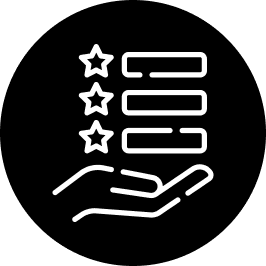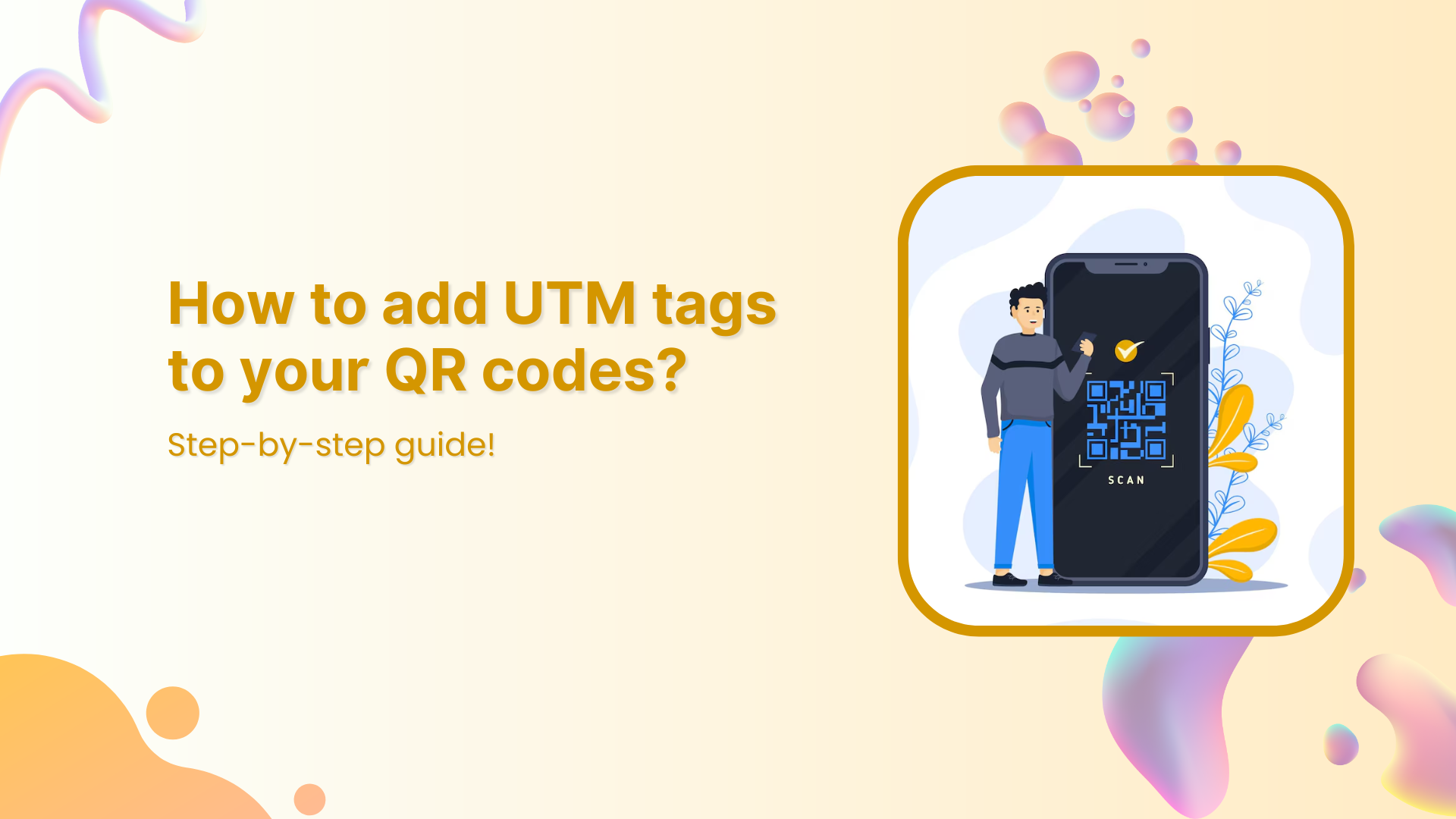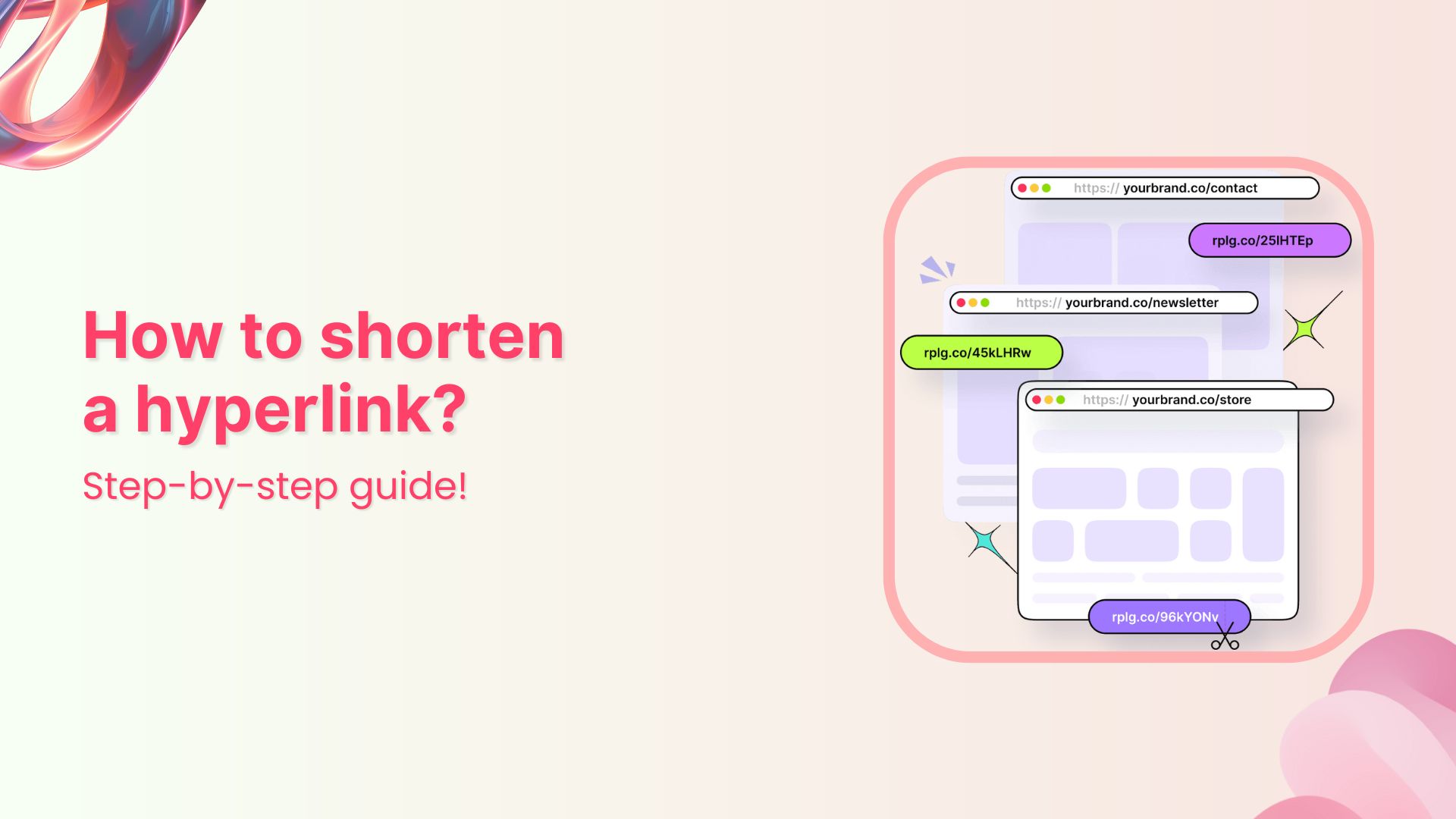Using QR codes in print campaigns, product packaging, event booths, or posters? Great, but if you’re not adding UTM tags, you’re missing out on valuable data. UTM tags are not just digital marketing fluff; they’re a vital tracking tool that turns blind QR scans into actionable insights.
Let’s say you distribute the same product brochure in two cities, New York and Chicago. If both QR codes lead to the same bare URL, you’ll never know which city drove more traffic or conversions.
But with UTM parameters like
or
You can pinpoint exactly where your results are coming from.
By embedding UTM tags into your QR code URLs, you unlock the power to analyze campaign performance, A/B test locations, rotate traffic, compare design versions, and optimize your strategy – all with data you can use. The best part? It only takes a few extra seconds.
This guide will show you how to create UTM-tagged links, generate QR codes, and track results like a pro. Whether managing a product launch, hosting a trade show booth, or running a local flyer drop, it’s time to make your QR codes work smarter, not just harder.
Link Management Made Easy
Your go to link management tool for CTAs, branded and bio links, QR Codes, tracking and retargeting.
Get Started for FREE!
How to add UTM tags to QR codes in Replug (step-by-step)?
Go to Replug.io and log in to your dashboard. If you don’t have an account, sign up for a 14-day free trial.
Step 01: Paste your link
- On the homepage, paste the link you want to use in your QR code campaign into the “quickly shorten your link” bar.
- Press Enter, and a pop-up window will appear.
Step 02: Add UTM parameters
- Click on the “add UTMs” button next to your original link.
- Fill in your preferred UTM parameters (source, medium, campaign, etc.), then click apply.
- After adding preferred UTM data, click on Apply. Your UTMs will be added.
Step 4: Generate a QR code
- From the same pop-up, click on the QR code button next to the copy link button.
- You’ll be redirected to the QR code customization window, where you can style it with custom colors, shapes, and logos.
Step 5: Download and share
- Download your QR code in PNG, JPEG, SVG, or WEBP format. Add it to business cards, packaging, flyers, or anywhere else you want to guide people with a quick scan.
Step 6: Track QR code performance
For QR code tracking. Head to the analytics tab. Filter performance data by campaign or time and see real-time insights including:
- Total scans
- Referral sources
- Device types
- Geographic locations
Link Management Made Easy
Your go to link management tool for CTAs, branded and bio links, QR Codes, tracking and retargeting.
Get Started for FREE!
Conclusion
Incorporating UTM tags into your QR codes isn’t optional; it’s the difference between guessing and knowing. Without UTM tracking, your analytics can’t differentiate between a scan from a product box, a printed flyer, or an event badge. That’s a huge blind spot, especially when you’re running multiple offline campaigns and need to justify marketing ROI.
Let’s be real: QR codes are everywhere. However, most businesses still miss the mark by using plain URLs that provide zero context after a scan. UTM tags change that. With just a few parameters added to your links, you gain full visibility into campaign performance, scan sources, and user behavior – all visible in your analytics dashboard.
FAQs on adding UTM tags to QR codes
Can I edit UTM tags after the QR code is printed?
Only if you’re using a dynamic QR code service like Replug. You can update the destination URL even after print.
Are UTM tags readable by QR scanners?
No, the scanner just reads the full URL. The tags aren’t “read”- they’re passed into your analytics tool when the link loads.
Will longer UTM-tagged URLs affect QR code scannability?
Yes, longer URLs can generate denser QR codes, making them harder to scan. Use a URL shortener or dynamic QR code generator to keep it clean.

































